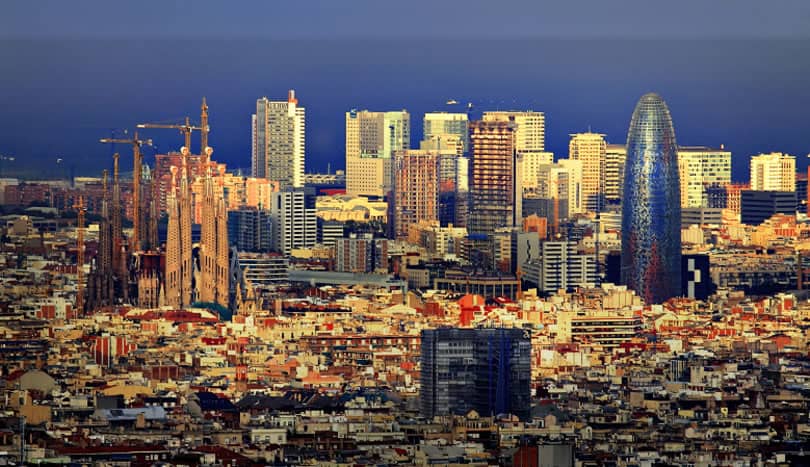In recent decades, the cities of Barcelona and Madrid have experienced a notable rise in the availability of tourist and seasonal rentals. This phenomenon has transformed the local real estate market, affecting the availability of housing for residential rental.
Barcelona: A Shift in the Real Estate Landscape
In Barcelona, tourist and seasonal rentals now account for 42.1% of the rental market in the city center. This increase has been driven by the growing demand for tourist accommodation and the profitability offered by short-term rentals. However, this trend has raised concerns among local residents, who face difficulties finding affordable housing.
Madrid: A Similar Trend in the Capital
In Madrid, tourist and seasonal rentals make up nearly 30% of the rental market. Unlike Barcelona, Madrid has not implemented such strict regulations in this sector, facilitating the growth of short-term rentals. Nevertheless, this expansion has contributed to the increase in traditional rental prices, affecting local tenants.

Impact on Residential Housing
The boom in tourist rentals has reduced the availability of housing for long-term rental, especially in central and touristy areas. This has led to an increase in residential rental prices, making it difficult for many citizens to access housing.
Regulatory Measures and Institutional Responses
In response to this situation, local authorities have begun implementing measures to regulate tourist rentals. In Barcelona, stricter restrictions have been established, while Madrid is evaluating similar policies. These actions aim to balance the real estate market and ensure the right to housing for permanent residents.
Conclusion
The growth of tourist rentals in Barcelona and Madrid has significantly impacted the residential housing market. It is essential for public policies to address this challenge to ensure a balance between tourism and the needs of local residents.